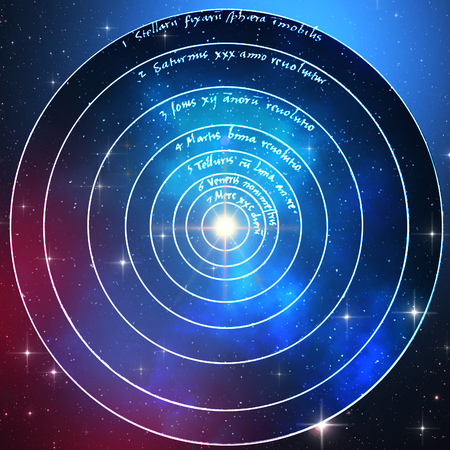The Sun and the Inner Heliosphere – Radio Astronomy Conference CESRA in Potsdam
In the week from 8 to 12 July 2019, the Leibniz Institute for Astrophysics Potsdam (AIP) is hosting a conference on the exploration of solar activity by means of radio emissions and their effects on our Earth. At Telegrafenberg Potsdam, about 100 scientists will discuss their latest research results and the expected findings of the current space missions to the Sun.
The international CESRA conference takes place every three years and is organized by the Community of European Solar Radio Astronomy (CESRA). CESRA is an association of European scientists to study the solar corona, the outer solar atmosphere, and interplanetary space using radio waves and other observation methods.
The topics of this year's CESRA workshop range from solar flares and shock waves to the turbulent solar atmosphere, new observation instruments and space weather. The heliosphere, i.e. the area around the sun, is of particular interest as magnetic fields and solar winds play an important role here.
"We are pleased to welcome colleagues from four continents to Potsdam's Telegrafenberg. It is an honour for us to host this conference this year. The last time it was in Caputh in 1994", says Prof. Dr. Gottfried Mann, head of the "Solar Physics" department at the AIP. In the coming years, great progress in solar physics is expected with the space missions "Parker Solar Probe" of NASA and "Solar Orbiter" of the European Space Agency ESA. The AIP is involved in both missions with scientific investigations and, in the case of the "Solar Orbiter", even with instruments, in particular the X-ray telescope STIX. About 100 scientists are expected. "There will be many interesting discussions that will stimulate our work in the coming years", says Gottfried Mann. The fact that this year's conference will take place in Potsdam shows the international recognition that Potsdam's solar physics enjoys.
Further information
Images
A solar flare, as it appears in extreme ultra-violet light.
Big screen size [1000 x 562, 80 KB]
Original size [1920 x 1080, 240 KB]




